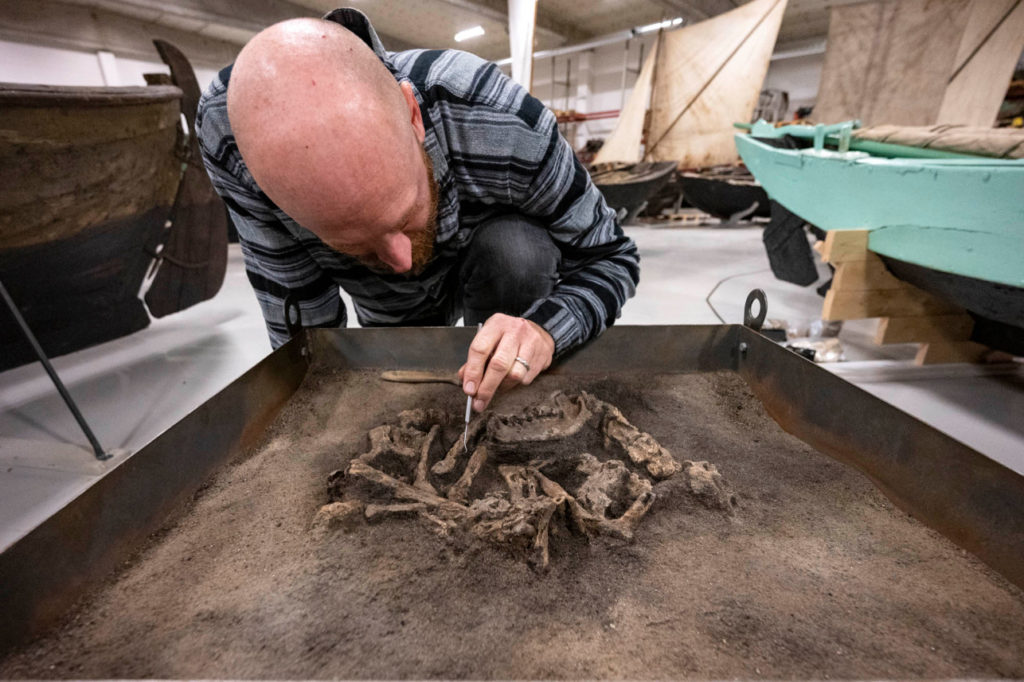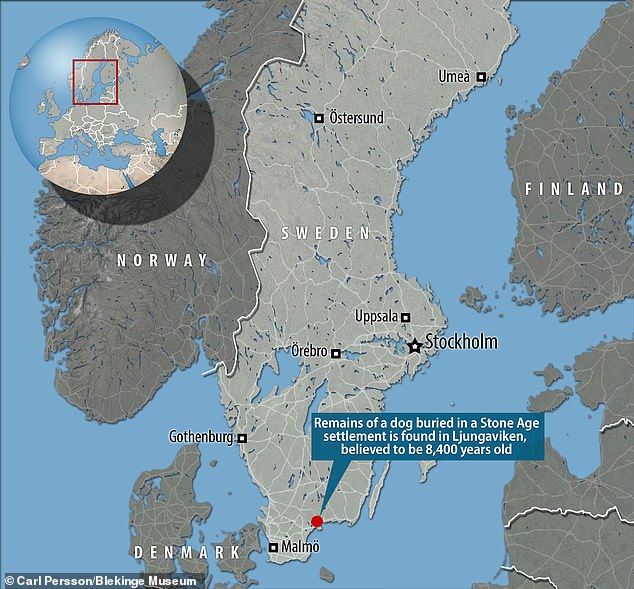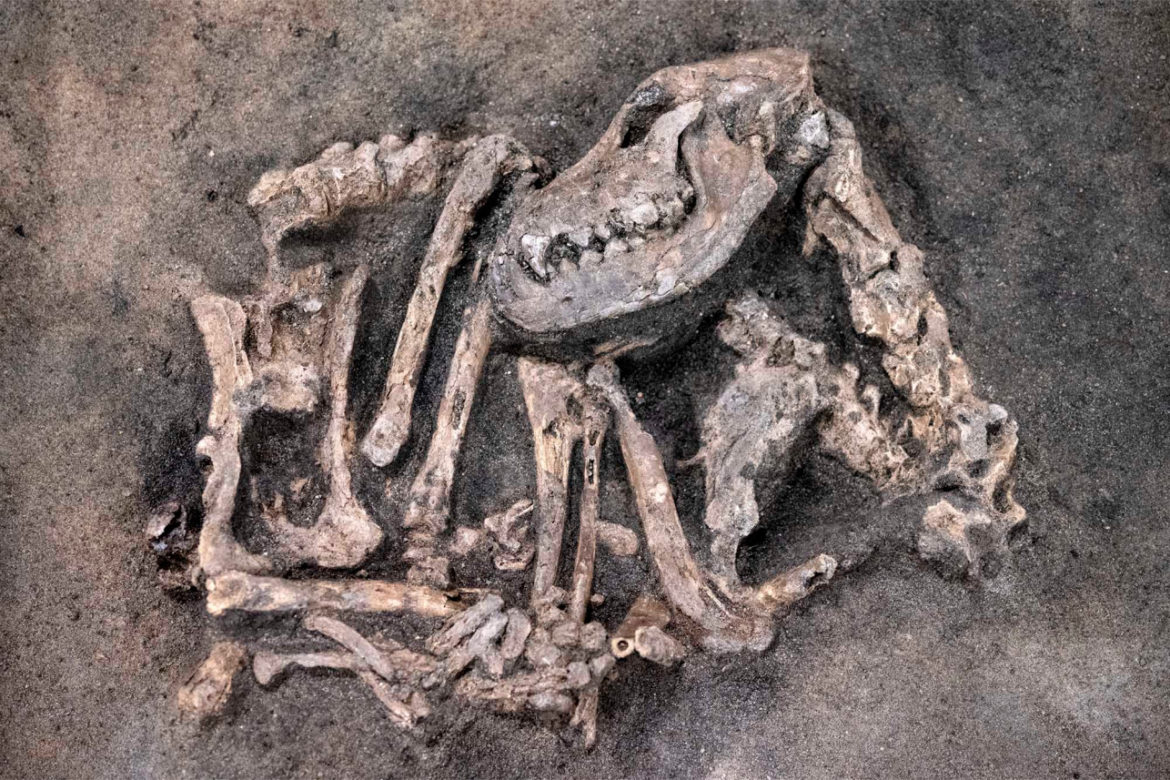“Man’s best friend” has even more enduring roots than previously thought.
Archaeologists discover the dog remains near the southern Swedish town of Solvesborg.
The following written content by Yaunna Sommersby

“Man’s best friend” has even more enduring roots than previously thought. This fall, the archaeology team from Blekinge Museum in Sweden discovered dog remains that are more than 8,400 years old. They were found buried next to a human in a site near the southern Swedish town of Solvesborg. Researchers involved in the dig believe the site was explored and occupied by hunters during the Stone Age.
Being part of a team making discoveries like this “makes you feel even closer to the people who lived here,” museum project manager Carl Persson said in a statement. “A buried dog somehow shows how similar we are over the millennia when it comes to the feelings like grief and loss.”

The remains have been safely removed from the dig site and transported to Blekinge Museum for further study.
“The dog is well preserved, and the fact that it is buried in the middle of the Stone Age settlement is unique,” the museum’s osteologist, Ola Magnell, told the Associated Press.
In August, a team at the University of Siena also discovered what are believed to be the oldest domesticated dog remains in two caves in southern Italy. These remains are estimated to be 14,000 to 20,000 years old. Such caves were also inhabited by humans during the same time period, the researchers wrote in their August Scientific Reports study.
“Dogs were the first animals domesticated by humans, long before the advent of agriculture,” the University stated. “Besides occupying a special place in our present day lives, dogs had important functional and symbolic roles throughout human history.”
DNA samples suggest that domestication started approximately 20,000 to 40,000 years ago…… Read more from Modern Dog Magazine.





